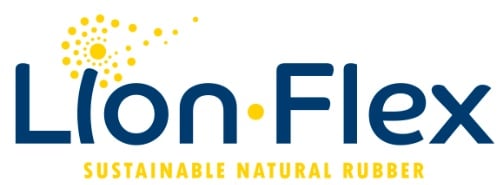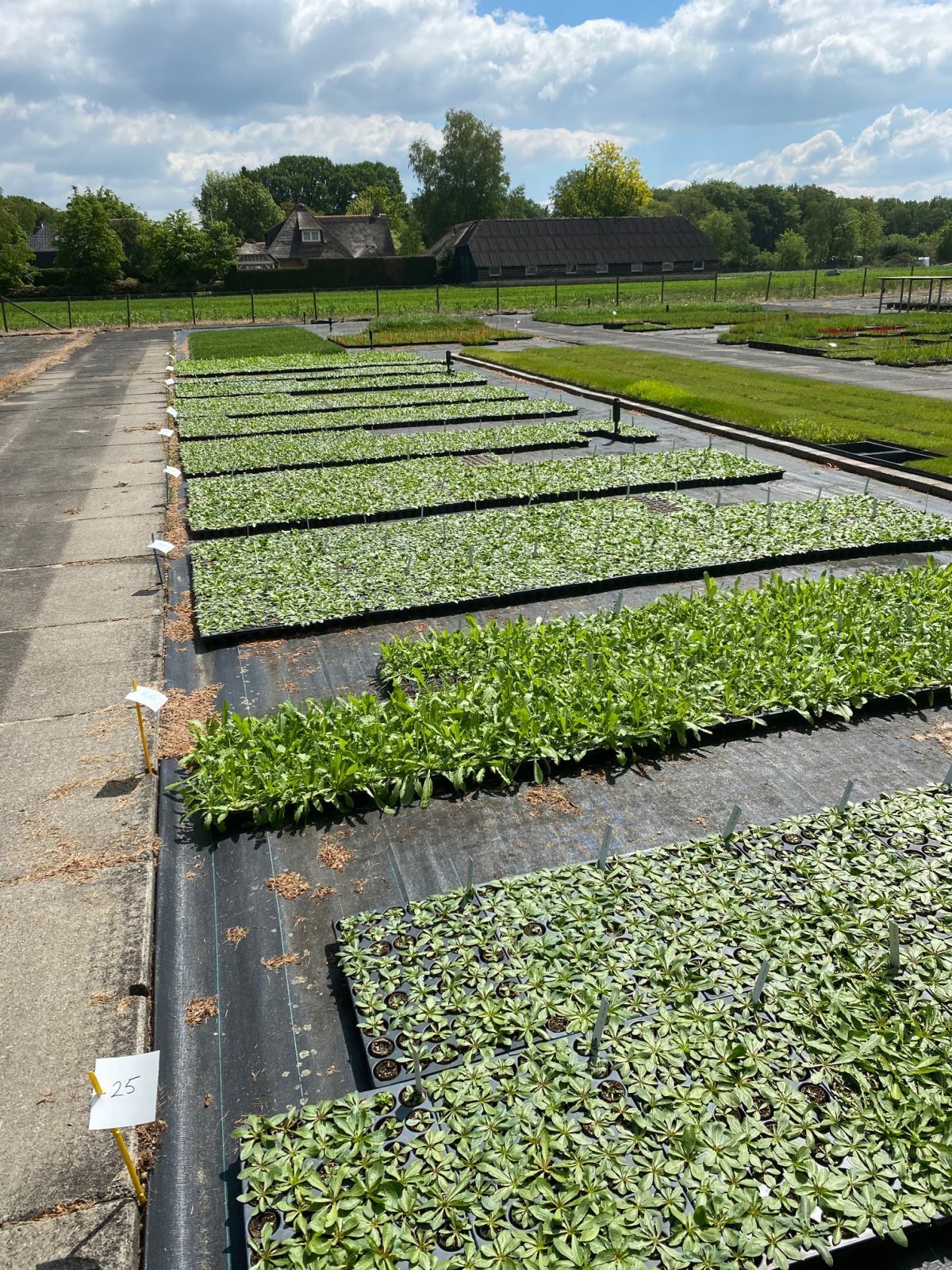Sustainable natural rubber
Leaving the planet better than when we found it; that is Lion-Flex’s mission. We hope to be able to contribute to this mission with the sustainable production of natural rubber. Demand for natural rubber is high. Approximately 29 million tonnes of rubber are currently produced worldwide each year. Production and demand are still increasing; production was just 25 million tonnes of rubber in 2012, and this growth is expected to continue in the coming years.
Rubber production can be divided into natural rubber and synthetic rubber, with natural rubber accounting for around 40 to 45 percent. Both have different characteristics and, as a result, their own market position. Natural rubber is generally higher quality with better elasticity, whereas synthetic rubber is often more resistant to environmental factors such as the temperature, ultraviolet light, and oil and chemicals.
Natural rubber production is 95 percent dependent on the Brazilian rubber tree (Hevea Brasiliensis). This tree originates from the Brazilian Amazon region, although it is now also cultivated on plantations in the tropics. A rubber tree has to grow for about seven years before it can yield its first harvest. After a shallow notch is made in the bark, a piece of bark is removed. The tree produces rubber milk (latex) to try to heal this injury. This is collected in a container, then processed into rubber. About 70 per cent of the natural rubber produced worldwide originates from Thailand, Indonesia and Malaysia. It is shipped all over the world.
The dependence on the Brazilian rubber tree means global rubber production is vulnerable. Microcyclus ulei, a fungus, has destroyed a large part of the rubber trees in South America, and made commercial rubber cultivation in the region impossible. If this fungus appeared in Asia, it would have disastrous consequences for rubber production. Extensive measures are being taken to prevent this, including the preventive use of pesticides. However, in order to safeguard global rubber production in the future, finding alternative sources of rubber is of the utmost importance.
Rubber from dandelion roots is a perfect substitute for natural rubber from rubber trees. It is highly sustainable, and has the same, sometimes even better, quality. Another great advantage is that dandelions thrive in non-tropical climates. This makes it possible to spread production much better geographically, and to grow rubber closer to the sales markets, reducing transport operations. Rubber extracted from dandelion roots is therefore a sustainable alternative to rubber production from rubber trees.



